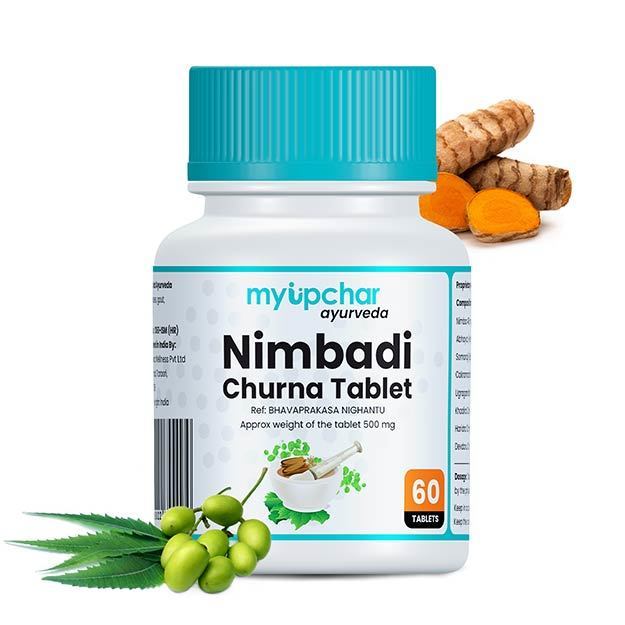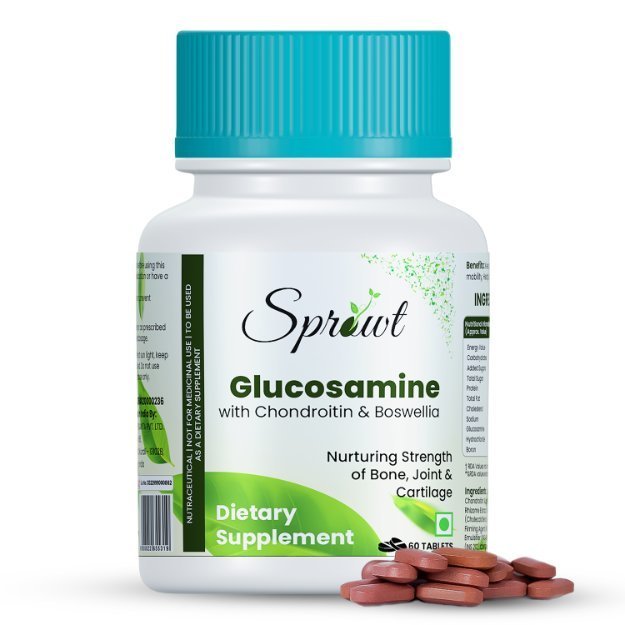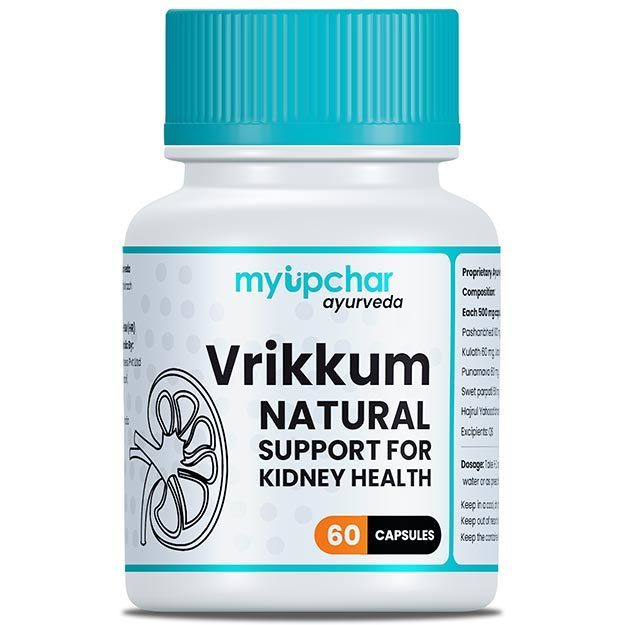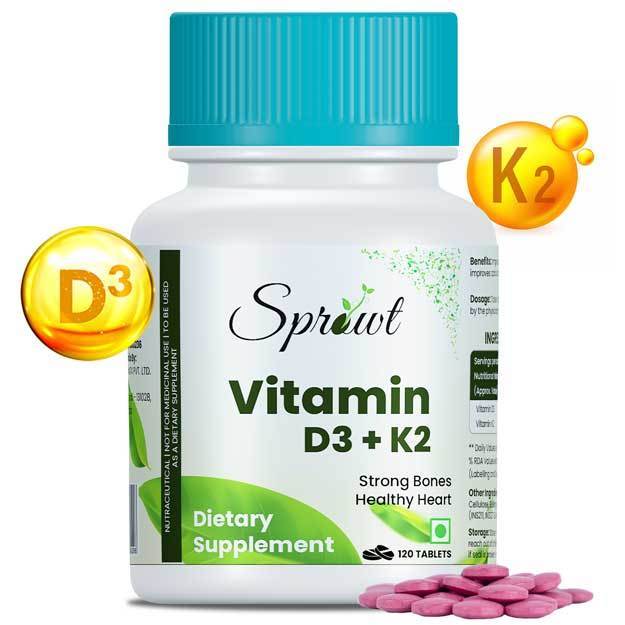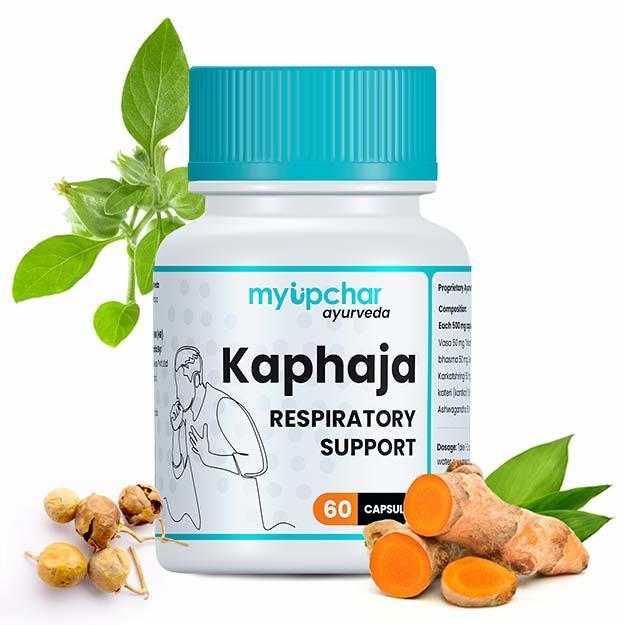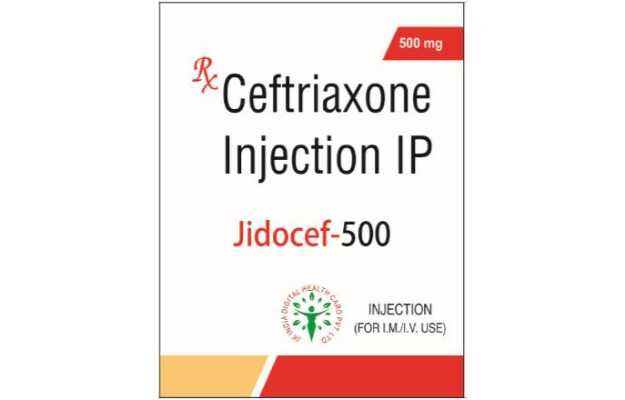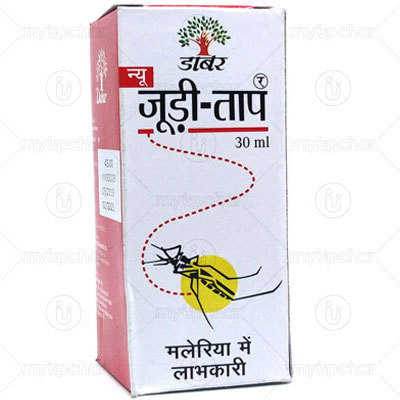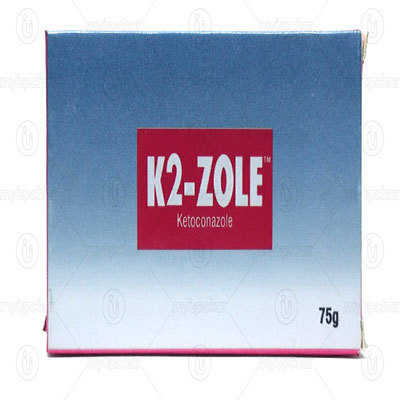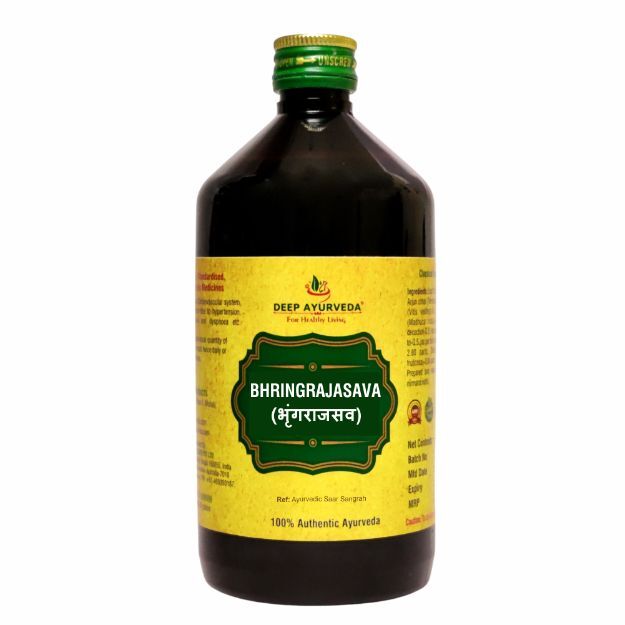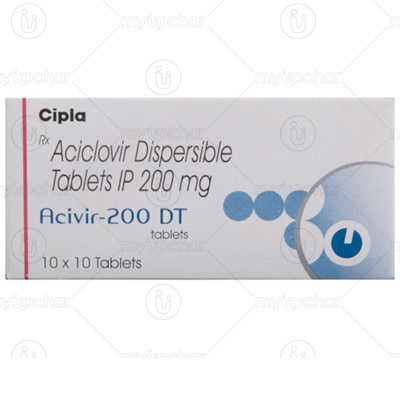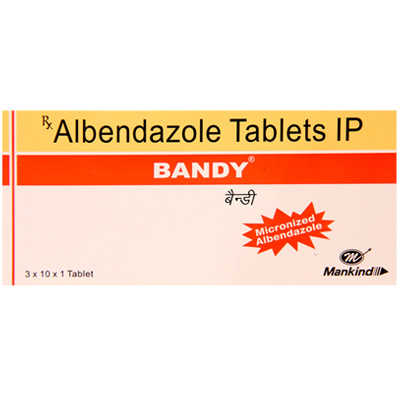Aztrone 1 Injection is a prescription medicine that is available as a Injection. It is primarily used for the treatment of Bacterial Infections, Cystic Fibrosis. Secondary and off-label uses of Aztrone 1 Injection have also been mentioned below.
The optimal dosage of Aztrone 1 Injection is largely dependent on the individual's body weight, medical history, gender and age. The condition it has been prescribed for, and the route of administration also determine the right dosage. Refer to the dosage section for a detailed discussion.
Some other side effects of Aztrone 1 Injection have been listed ahead. Such side effects of Aztrone 1 Injection normally do not last long and go away once the treatment is completed. However, if these continue for a longer time, consult your doctor right away.
It is also important to note that Aztrone 1 Injection has a Safe effect for pregnant women and Safe effect on lactating mothers. It is important to know if Aztrone 1 Injection has any effect on the kidney, liver and heart. Information on such adverse effects, if any, has been given in the Aztrone 1 Injection related warnings section.
Aztrone 1 Injection is not recommended if you suffer from certain medical conditions as it can have adverse effects. Kidney Disease are examples of such conditions. Other contraindications of Aztrone 1 Injection have been discussed in the sections ahead.
Drug interactions for Aztrone 1 Injection have been reported in the medical literature. A complete list of these interactions is given below.
Along with the above-mentioned precautions, remember that taking Aztrone 1 Injection is considered not safe while driving, and is not addictive.
X





